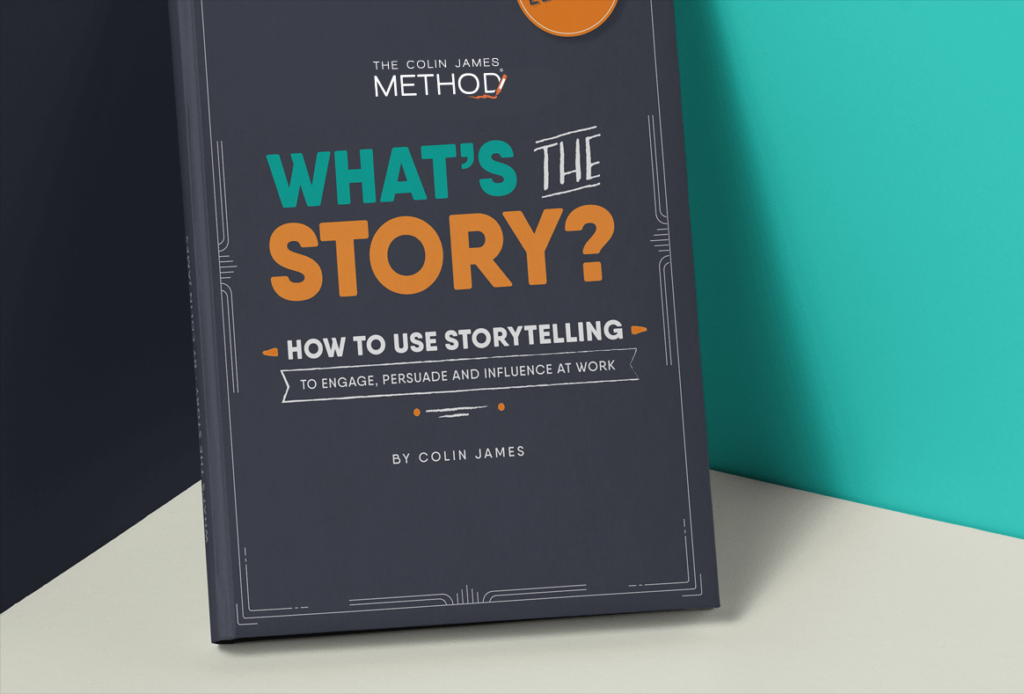One of the most challenging aspects of being a business owner is taking your business to the next level. Even though you may hate the thought of ‘selling’, it’s something you often need to do to attract new business and funding.
Honing your communication skills is key if you want to scale your business and be recognised as a thought leader in your industry. But how do you communicate your message at a sales presentation without giving a hard sell?
Tell a story or two
One of the really good ways to relate to your prospect is to tell a story or two. A story is an invaluable tool for connecting you with an audience. It creates an emotional bond that keeps your prospect completely engrossed in what you’re saying. A well-told business story doesn’t require you to give a hard sell, it can potentially carry your businesses merit or product on its own.
Becoming a storyteller may seem foreign to you as it’s not the way we were taught how to lead. But it’s actually how we experience life. Humans are hardwired for listening to stories, we watch TV and read books. We watch sports, which are action stories unfolding on the field. We swap stories at dinner parties and at work on Monday after the weekend.
“When we’re engrossed in this different world, our barriers to sales messages go down because the messages slip under the radar. We don’t notice we’re sold something because we’re engaged in the story.”
We think business people are only interested in data, facts and numbers, the logical input to help them make a rational decision. But often the missing element of a sales presentation or meeting – is stories.
Stories are a powerful medium for getting your point across and allowing your listeners to derive meaning. By using a personal success story or personal failure story, you can engage people, allow them to relate to you and bring them down from a cynical place.
How can I be more impactful as a storyteller?
Now you know the ‘why’ of including a story in your sales presentation, you need to learn the ‘how’. It’s no good just throwing a story into the mix and hoping for the best – without knowing how to structure and deliver a story, the message will be lost.
We’ve all listened to a tedious story that takes forever to get to the point, or worse, actually has no point. But if used as part of a sales presentation, a story that is well structured and has a meaningful point can be extremely useful for getting your pitch across the line.
There are important 4 things to remember with stories:
The structure
A story needs to have the following formula as a base structure to be impactful:
- A timeframe to legitimise it – when did the event happen, yesterday, last week, last year?
- Where did the event take place – in an office, in a hotel?
- Who was involved – a bunch of people, a single individual? Give some detail about characters
- What happened – provide just enough detail to capture interest, but don’t over tell it.
Make sure the who, where and when component is nice and tight. But don’t get too caught up in the fine-tuning. You only need a sentence to create a few pictures in the head, leave the rest to allow the imagination to fill in the gaps.
The point
Embedded in the story is the direction in which you are heading but you don’t need to make the point crystal clear to everyone from the start. You want to meander to it but create the feeling that there is a point otherwise you’ll lose people’s interest.
The link
Know what message you’re trying to get across and link the story to your message to validate and back up the outcome. For instance, you might be trying to convince someone who’s risk-averse that your business has merit. You could use a case study story of someone else who was struggling with the same decision, took the risk and what the outcome and benefits were for that person.
The delivery
Telling a story is not just ‘reporting the facts’ – you want the story to live, to create the story as if it is happening in real time.
Of course, there is a bit of a performance aspect to it, for example, when you are occupying the narrative characters in the story, you need to represent them in your delivery. Use your voice for tone to create intrigue or curiosity, and your posture to inhabit the characters and gestures to directionalise, point, illustrate and define.
Storytelling is an art and may not come to you naturally straight away. But with practice, you can move away from ‘reporting’ and adopt a little of the psychology of the character – just as you would do naturally with your friends and family – and craft an engaging story for a business meeting or a sales presentation.
This is just a taste of what you can learn in our online Persuasive Business Storytelling course. Join today to learn how to structure and deliver business stories like a seasoned presenter.

The Colin James Method® Facilitators train corporate executives to improve their leadership skills with a proven methodology. Our highly trained Facilitators and Coaches are recognised for their experience in their fields and have worked with many individuals and organisations around the world to master the art of communication.











